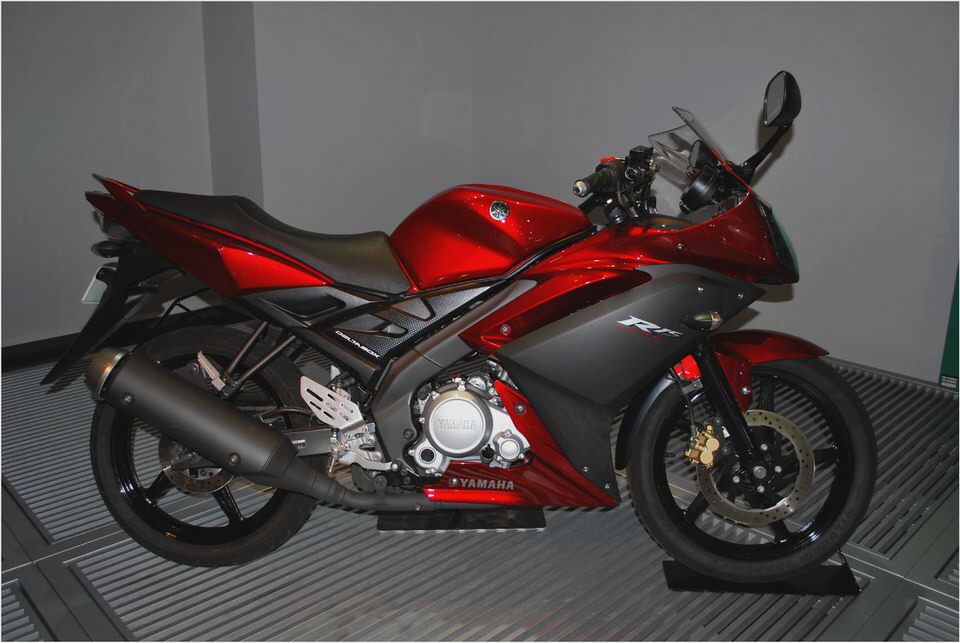
Launch: 2013 Yamaha YZF-R15
The entry-level sportster gets funkier clothes and some useful updates, feels pushbike-light and is simply a great deal of fun to be on
It’s a good time to be a motorcycling novice. With the major manufacturers getting back into their stride after the GFC kneecapping, there’s a raft of bikes out there looking for your LAMS lucre. Kawasaki is riding high with their 300 Ninja, whereas Honda is upping the ante with its CBR family, which now includes the sure-fire hit 500 versions.
Suzuki’s venerable DR-Z range keeps the yellow flag flying, where as KTM is looking lively with the release of the keen 390 Duke. Yamaha haven’t been left behind, though. The XV650 is its category’s biggest seller and the current YZF-R15 has been hitting internal sale goals well.
But this isn’t the sector to be caught standing still. With that in mind, the second version of the YZF-R15 got released to the press in a deja vu moment — it was a rerun of the original launch at Eastern Creek’s kart track, right down to the buffet lunch (though back then I think I had an extra snag).
It was two years ago that we first got a taste of the tiny terror and that made direct comparisons with the new model easier. And the 2013 YZF-R15 is new, rather than all-new. Basically the frame and engine remain unchanged from the outgoing model, with chassis components and the bodywork being the major benefactors of the upgrades.
Powered by the same 149.8cc four-stroke single and running a four-valve head as before, it is now controlled by a reconfigured ECU and the engine’s burnt gasses escape through a more sportier-looking exhaust. It’s still church mouse quiet, though.
The Deltabox chassis remains the same but is now in charge of a longer aluminium swingarm, lengthened to add a touch more stability to the 136kg nipper. The wheels are a new design and the rubber is wider – the front tyre is now 90mm wide with an 80 per cent profile while the rear goes out to 130mm with a 70 per cent aspect. Throw in a larger rear disc, shorter gearing and rear suspension changes, that’s the nut and bolt changes underneath the new clothes.
The plastics are now more in keeping with the larger R-series bikes, particularly the firm’s R6. With a low frontal area and bee-sting tail unit (that now offers separate rider and pillion seats, plus a small cubby hole), the new model looks faster when parked up against the old. And the importance of this cool-factor can’t be underestimated for a rider’s first bike.
The changes to the bodywork don’t make the new bike feel different between your legs – it’s still a very slim bike that feels comfortable underneath you, even when that ‘you’ happens to be 188cm and 95kg. Clearly not designed for such a rider, it doesn’t complain when having to carry one.
Hitting 120km/h quite easily, the new gearing means it never feels slow, especially in traffic. On the move, it feels pushbike light, and the tyres (Savas were on the test bikes rather than the more durable, but less grippy, Nylogrip Zappers) allow great side-to-side directional changes while the non-adjustable suspension offers decent feedback.
Accelerating onto the kart track, the R15 initially feels so small for a taller rider, but after a few laps the size becomes less of an issue as the easy-to-ride bike becomes a great deal of fun to be on. If this was to be your first bike, I reckon you’d be hooked on bikes for life.
With the increase in rear disc size, the low-tech brakes punch well above their weight. With the five test bikes running constantly around the track for over two hours, there was no change in feel, or lever pressure, on any of the machines. With the inner racer coming out in many of the assembled press, that wasn’t a bad effort from the R15.
The six-speed gearbox changes well, especially when you see how much play there is in the budget linkage at a standstill.
The Indian-built machine feels decent quality throughout. The bodywork has a good strength to it, the fit is complaint free and nothing looks like an afterthought. At $4299 plus on roads, there’s been a $400 increase over the old bike, though the 5000km between services stays the same.
But the price might not be the deciding factor for many. If there’s one thing that the R15 has against it – rightly or wrongly – is our love for bigger numbers. Give someone a choice between a sports 600 and a similar litre model, the bigger bike will be the normal choice, even if we know we can ride the smaller bike better and have more fun on it.
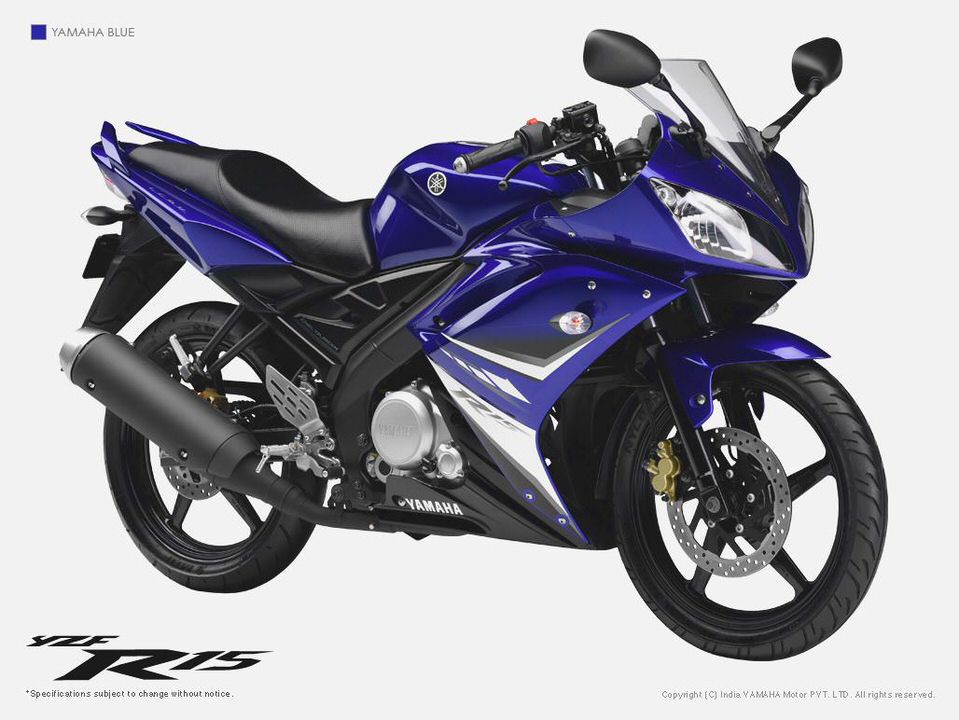
So the 150cc R15 loses the number game to pretty much all of its rivals. Honda has the 250 number wrapped with the CBR, Kawasaki owns the 300 figure, KTM has come straight in at 390, and the CBR500R makes them all seem like motorcycling children in an adult world. But ask a good, fast rider what the key to better riding is and they’ll say go smaller to start with.
If you don’t solely rely on horsepower when learning the biking ropes, you’ll be more skilful when the time’s right to go big. Plus, the smaller the bike, the bigger the grin. Maybe Yamaha is on to something here…
Until June 26, 2013, the YZF-R15 also comes with $150 worth of free gear.
SPECS: 2013 YAMAHA YZF-R15
ENGINE
Type: Liquid-cooled, four-stroke, SOHC four-valve single-cylinder
Capacity: 150cc
Bore x stroke: 57.0mm x 58.7mm
Compression ratio: 10.4:1
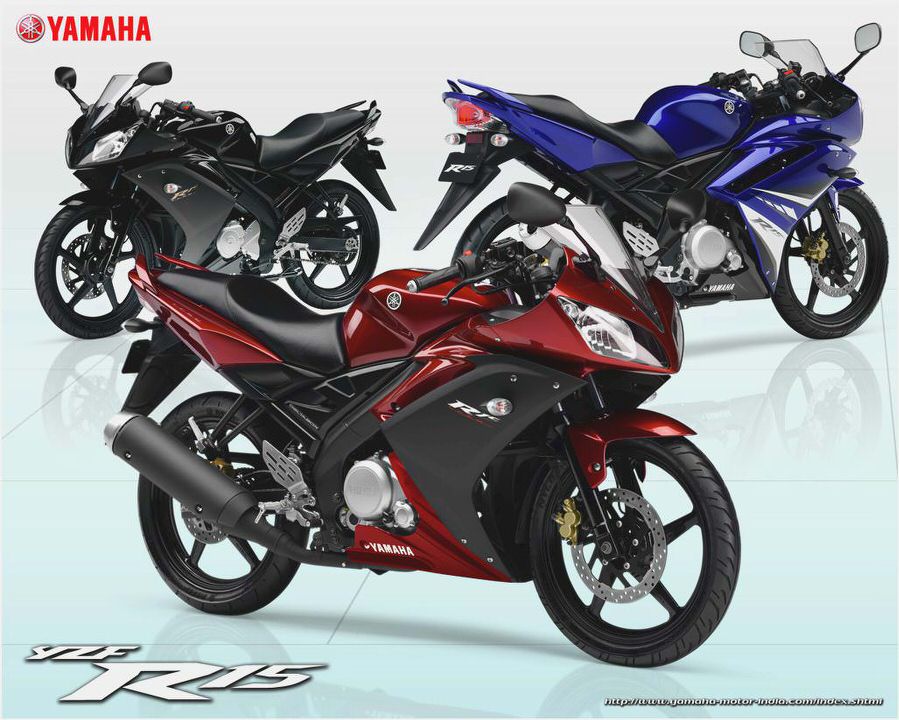
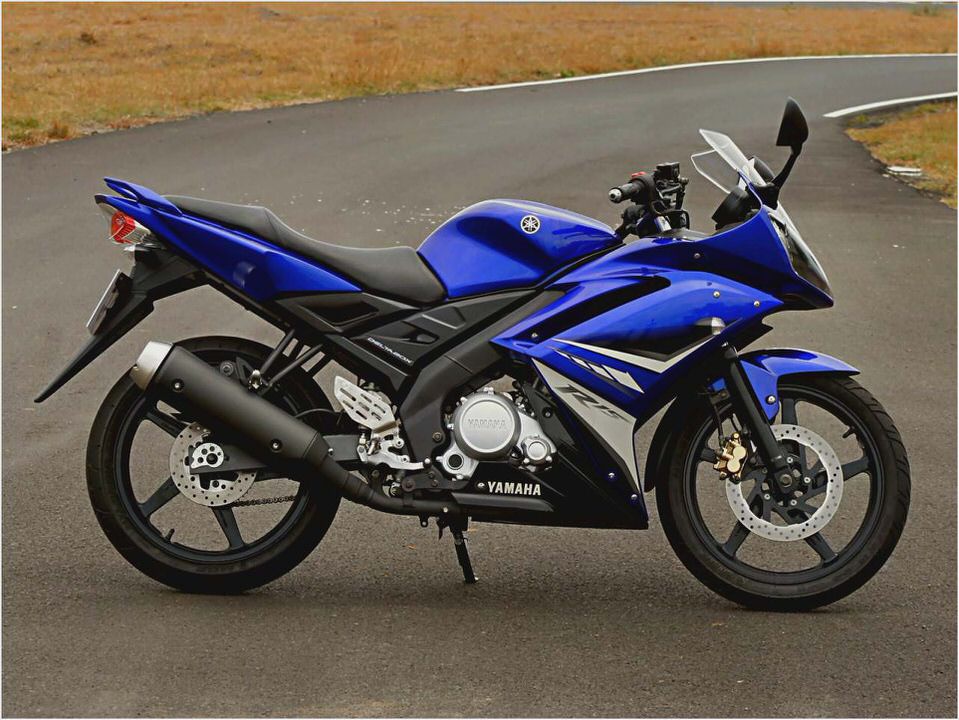

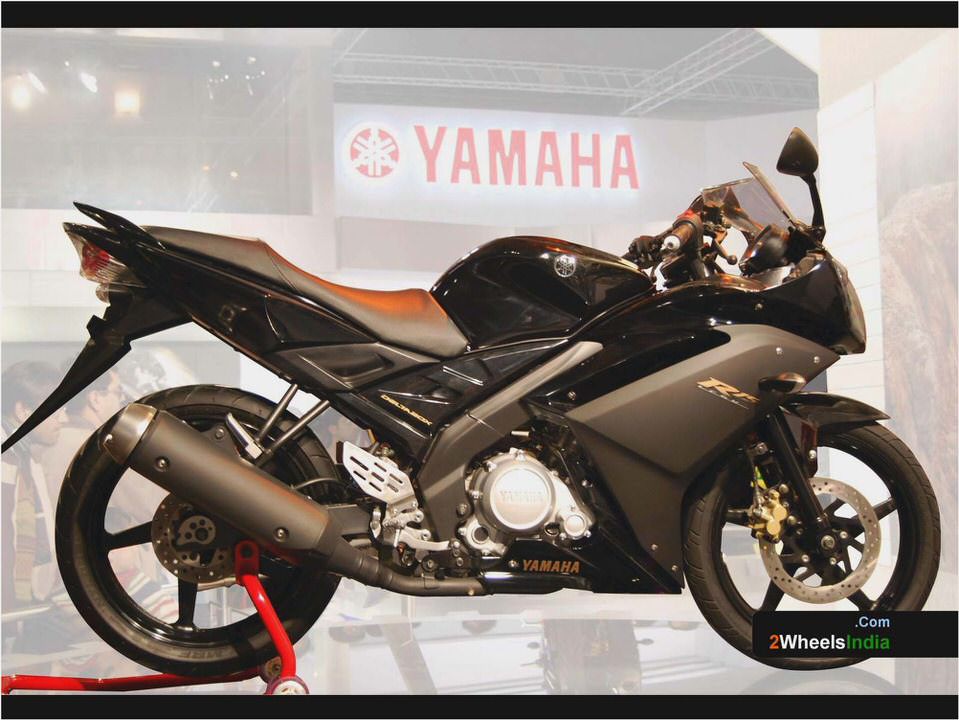
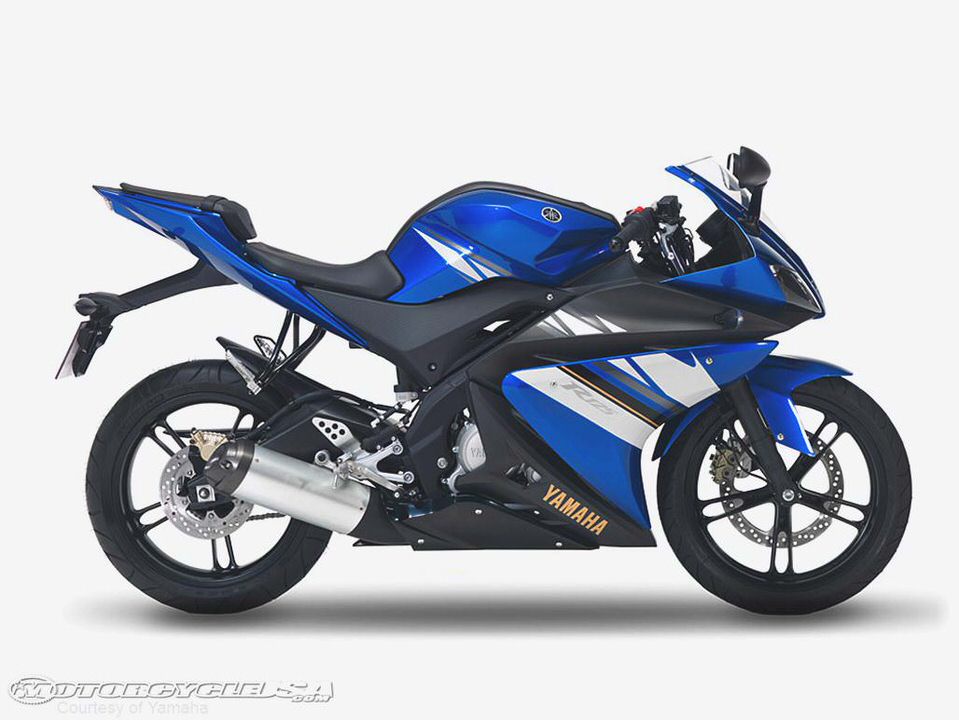
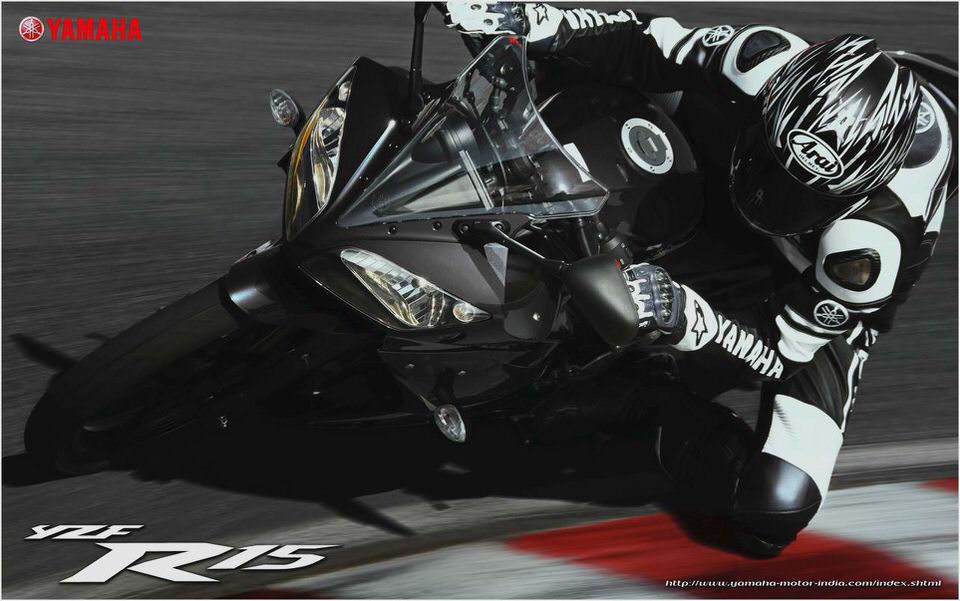
- Memorable MC: 1973 Yamaha Monoshock – Motorcycle USA
- Year 2001 Yamaha YZ426F –
- Total Motorcycle – 1982 Yamaha XJ 650 R Seca, Maxim, 1980-1986
- 2008 Yamaha V Star motorcycle review @ Top Speed
- Yamaha VMAX Yamaha VMAX Price India Yamaha VMAX Reviews BikeDekho.com
